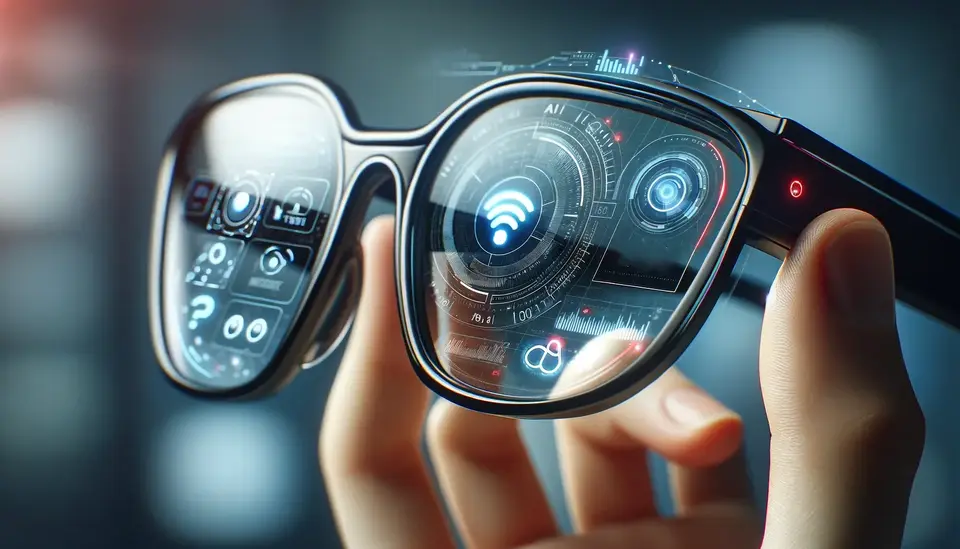Screen size and resolution are closely related factors that significantly impact the visual performance of MicroLED DigiWindows. Here’s how they interact:
1. Understanding Resolution and Pixel Density
- Resolution: Refers to the number of pixels displayed on the screen, typically measured in width x height (e.g., 1920x1080 for Full HD).
- Pixel Density (PPI): This is the number of pixels per inch and is crucial for determining how sharp and detailed the image appears. Higher pixel density leads to better image clarity.
2. Impact of Screen Size
-
Larger Screens: When the screen size increases while maintaining the same resolution, the pixel density decreases. For example, a 4K resolution (3840x2160) on a 55-inch screen will have a higher pixel density compared to the same resolution on a 75-inch screen.
- Effect: A lower pixel density can result in a less sharp image, particularly when viewed up close. This can lead to visible pixelation or a less immersive experience.
-
Smaller Screens: Conversely, a smaller screen with the same resolution will have a higher pixel density, providing a sharper and more detailed image. For instance, a 4K resolution on a 32-inch screen will deliver a much crisper view than on a larger screen.
- Effect: Higher pixel density enhances the viewing experience, making text and images appear clearer and more detailed.
3. Optimal Viewing Distance
-
Viewing Distance: The ideal distance from which a viewer perceives the best image quality also depends on the screen size and resolution. Larger screens generally require a greater viewing distance.
- MicroLED Advantage: MicroLED technology allows for high brightness and excellent contrast, which can help mitigate some effects of lower pixel density on larger screens, but optimal viewing distances should still be considered.
4. Use Cases and Applications
- Commercial Settings: In environments like retail or public displays, larger MicroLED DigiWindows can be effective, but care must be taken to choose an appropriate resolution to ensure clarity at typical viewing distances.
- Home Theater: For personal use, smaller MicroLED screens at high resolutions are more suitable for immersive experiences without sacrificing detail.
Conclusion
Screen size significantly affects resolution and pixel density in MicroLED DigiWindows. While larger screens can enhance visibility and impact, they may require careful consideration of resolution to maintain image clarity. Higher resolutions on smaller screens typically provide sharper images, making them ideal for close viewing. Balancing screen size and resolution is crucial for optimizing the visual experience in any application.


